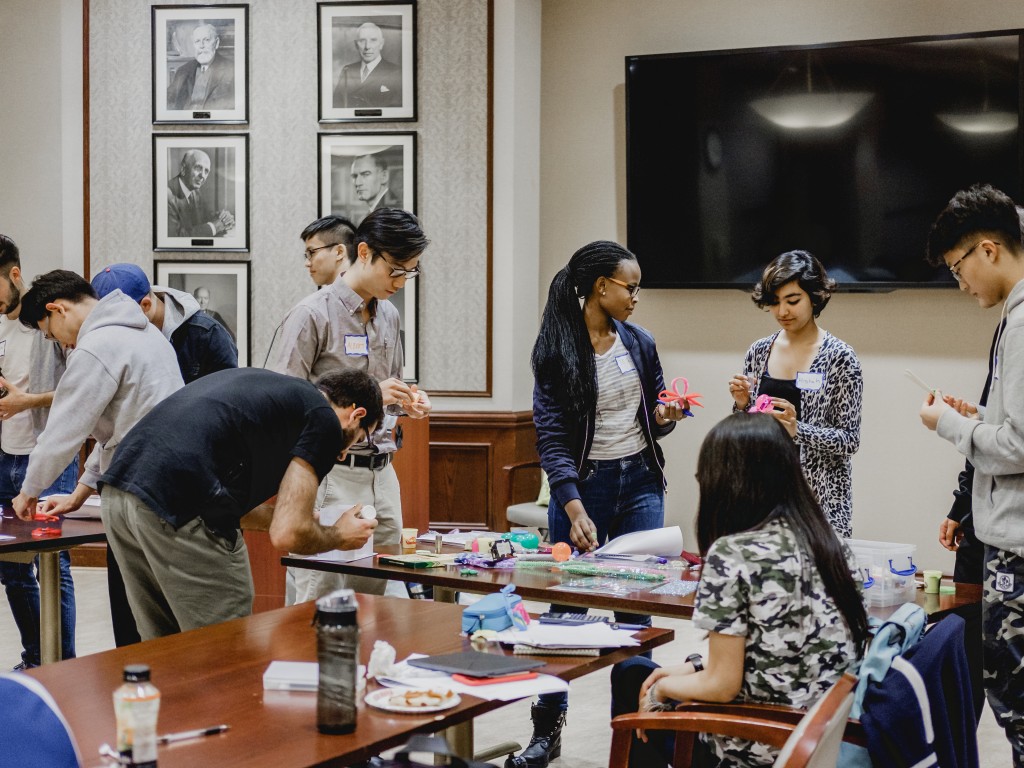
By Ahmed Hagar, Writer
Many faculty members and higher-education administrators believe that design is the solution to addressing difficult problems. As society grows ever more complex, design thinking provides a way of putting humans first while tackling thorny issues.
Thus, design programs now appear in many institutions, including Southern Methodist University’s Lyle School of Engineering. Kate Canales, who previously directed their Design and Innovation Programs, spoke to Fast Company in 2016 about this proliferation.
“There’s so much talk about preparing students to solve problems that the world can’t yet imagine, but how are we going to do that?” she said. “Design is a wonderful framework for promoting the skills that leaders and innovators need, including things like empathy, collaboration, persisting through failure, and comfort with ambiguity.”
But design is not just a university subject, as learning institutions themselves can be the object of design. Canales spoke about this too, saying, “As higher ed tries to innovate, it will have to look at how people who acquired their expertise outside of the academic system might provide value inside of it. I think most designers are going to fall into that category.”
The University of Miami Libraries recently collaborated with the consulting firm brightspot to create their new Learning Commons. The space provides students with streamlined academic supports and connects staff in their common goal of helping students.
Brightspot founder Elliot Felix and managing director Adam Griff described the design process in a company article, “Design thinking puts people at the centre of the process and emphasizes a holistic approach of testing things out. This integrated thinking connects otherwise disparate service offerings, product features, and the like.”
The University of Calgary (UofC) also used design thinking to renovate its Taylor Institute for Teaching and Learning. Working with Diamond Schmitt Architects, UofC moved away from fixed lecture halls and towards malleable spaces that suit multiple students and learning needs.
Lynn Taylor, then–Vice Provost of Teaching and Learning, saw the new design as a reflection of the way students learn. “We’re moving toward the goal of having students think far more deeply about their learning,” she told University Affairs. “And if we really lead from learning in our design processes, our spaces will look different.”
At UofT, the Innovation Hub offers students the chance to learn design thinking and to practise it on the challenges we face. We lead projects on building a family-friendly university, enhancing student spaces, redesigning classrooms, and more. While gaining hands-on design experience, we’re shaping university services by amplifying fellow students’ voices and telling their stories.
0 comments on “How Design Thinking is Changing Higher Education”